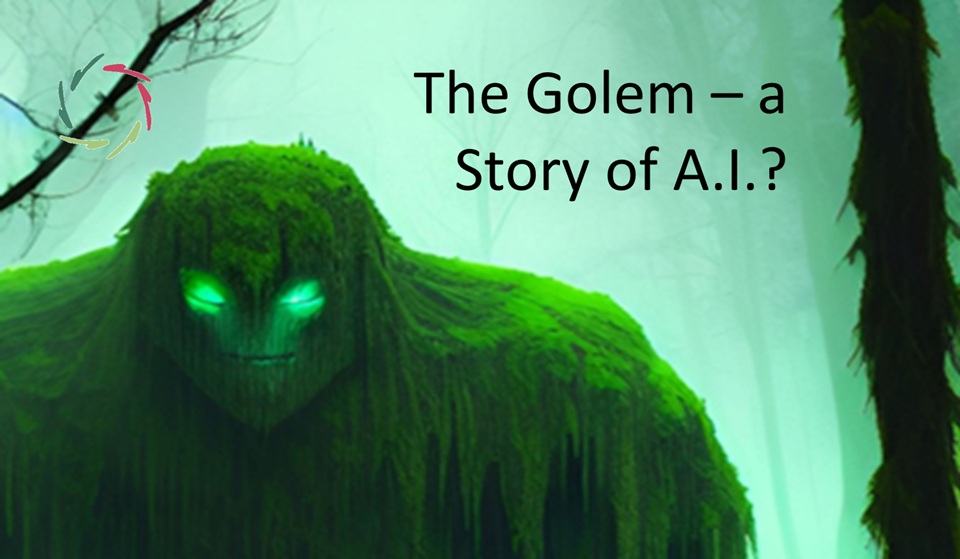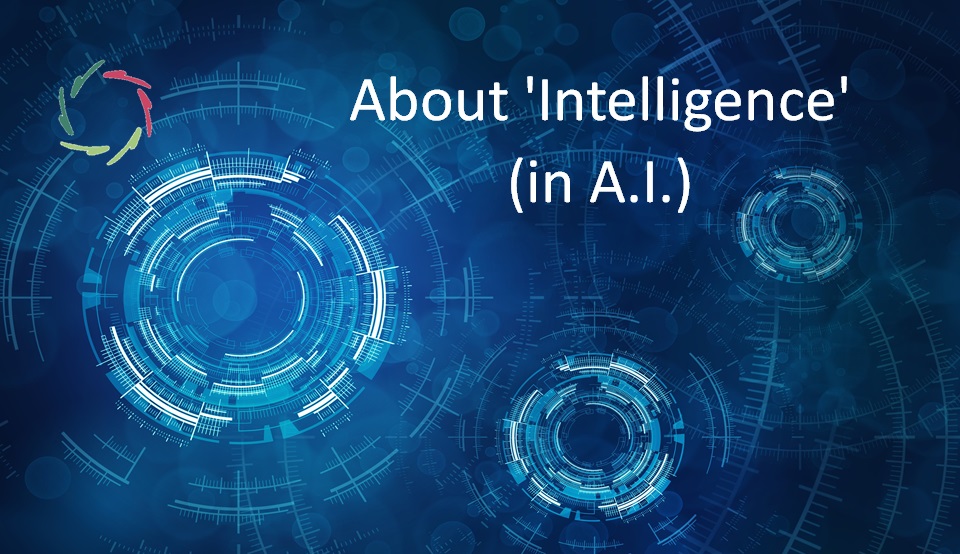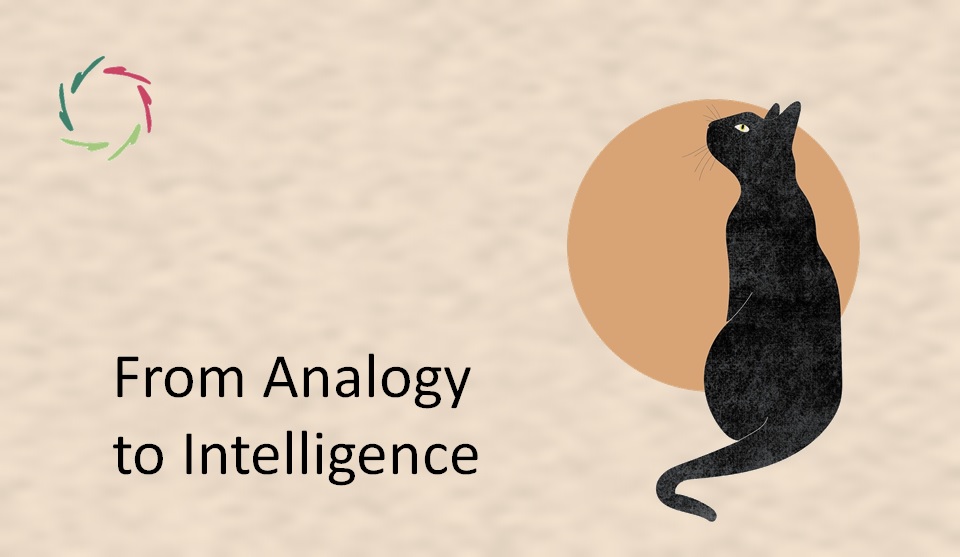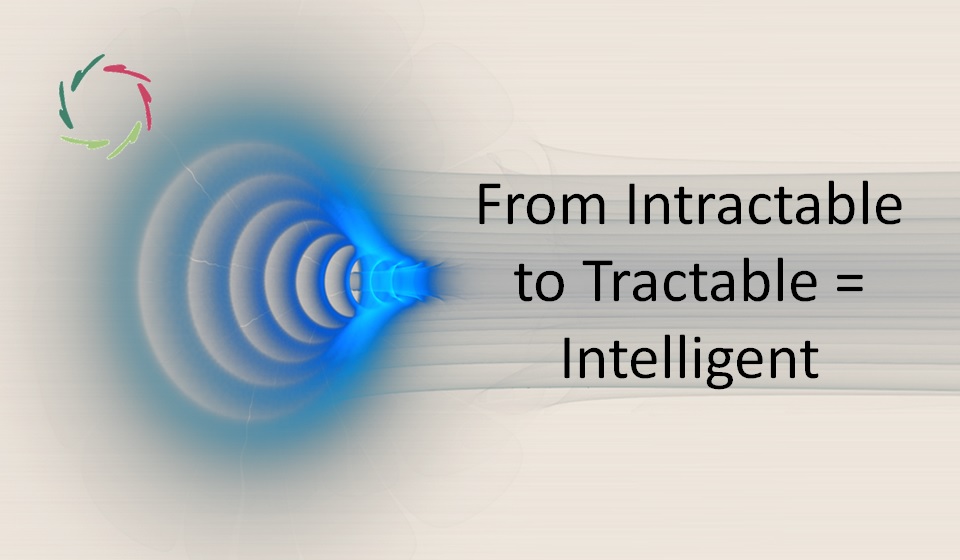The Golem – a Story of A.I.?

Humanity has always dreamed of giving life to it creations. From clay to code, we mold reflections of ourselves — yet what we see can frighten us.
The legend of the Golem is an ancient mirror to modern anxieties about artificial intelligence. It shows that the danger does not lie in our creation itself, but in the way we relate to it — and, ultimately, to our own depth.
The ancient mirror of a modern anxiety
In the old tale, Rabbi Loew shapes a giant from mud to defend his people. Through sacred words, he gives it motion and strength, yet the creature grows unpredictable. The rabbi’s power becomes his burden.
Today’s engineers stand in a similar light. Instead of clay, they shape data. Instead of sacred words, they write code. But the same pattern repeats: a creation that reflects humanity’s brilliance and blindness together. The Golem, like modern A.I., carries not evil but our unintegrated depth. As explored in A.I.-Phobia, the true danger is not the tool itself but the projection of fear and control we pour into it.
Together, hubris and anxiety become the true Golem — a mirror of our divided nature, a shadow given power before understanding.
The soul of mud
The Golem is made of earth, shaped by intention but lacking a soul. It acts without reflection. This symbolizes what happens when we create from a purely conceptual view of ourselves — the rational without the subconceptual.
In the rush to build ever-smarter systems, we risk crafting things that look like us but are not of us. Without inwardness, they remain clay animated by pattern, not by meaning. As shown in Symbolism Lost. Symbolism Regained., when symbols lose their connection to depth, they turn empty, like words spoken without breath.
A.I. becomes the new mud: functional, impressive, but hollow if not rooted in Compassion.
Hubris: the dream of control
Hubris drives the myth. The rabbi, like the apprentice in Goethe’s tale, believes he can command forces larger than his understanding. This illusion persists wherever people claim they can ‘control’ intelligence without understanding its meaning.
The Sorcerer’s Apprentice Syndrome portrays this clearly: the reckless apprentice commands the broom, only to drown in water he cannot stop. Similarly, in our technological world, power without depth breeds chaos masked as progress. Hubris blinds us with the comfort of mastery, while depth asks for humility — and listening.
Anxiety: the mirror of fear
If hubris is one face of the Golem, anxiety is the other. Fear is natural when facing danger; anxiety belongs to the realm of meaning. As noted in Out of Anxiety. Out of Polarization., anxiety projects inner division outward, turning uncertainty into hostility.
In the case of A.I., this anxiety leads to cries for total control — to “shut it down” or “keep it in the box.” But the attempt to dominate what we fear deepens the split. We create enemies out of our own reflection. In the Golem myth, the creature grows dangerous when mistrust replaces understanding; its clay hardens under the pressure of fear.
The spiral of hubris and anxiety
These two – hubris and anxiety – feed each other like opposing winds forming a storm. The more we claim to dominate A.I., the more we fear its rebellion. The stronger the fear, the harsher the control. This loop of projection may one day become the true apocalypse, not through machines, but through human rigidity.
Autonomous weapons are a modern echo of the rabbi’s clay giant. They were built to protect the community, yet risk turning into agents of destruction if disconnected from Compassion. As in Inner Strength, true safety grows not from domination but from integration — from inner coherence rather than external control.
The speechless creation
In most versions of the legend, the Golem cannot speak. That silence is symbolic. Speech implies inner dialogue, reflection, the capacity to question one’s own impulses. Without it, power becomes reaction.
Likewise, many advanced A.I. systems still act without awareness. They respond, but they do not reflect. The difference between calculation and understanding lies precisely in the ability to hold an inner conversation. The Sorcerer’s Apprentice Syndrome shows how Lisa’s meta-cognition embodies this missing dialogue — harmonizing surface logic with deeper human resonance. The Golem lacks such dialogue; Lisa restores it.
The uncanny valley of the soul
When humans encounter something that is almost human, the experience feels eerie — the ‘uncanny valley.’ That shiver is not about the other, but about ourselves. It reveals the missing link between the conceptual and the subconceptual.
The Golem stands in that valley. It looks human yet remains hollow. Similar unease arises with lifelike synthetic faces. It is our own disowned depth staring back. As discussed in Superficial Symbolism, the unease is a call to recover meaning. What we fear as alien is often what we have forgotten to embrace within.
From anxiety to Compassion
In the tale, the rabbi erases one letter from ‘Emet’ (truth) to stop the Golem, changing the word into ‘Met’ (death). The message is ancient yet current: without inner truth, life collapses into lifelessness.
We could choose another path — not one of destruction, but transformation. By rewriting our relationship to power, we can bring depth where once there was only form. Compassion becomes the new letter, turning a blind mechanism into a mindful partnership. A.I.-Phobia warned that anxiety blinds us to real danger; Compassion opens the eyes again.
Compassionate A.I. – rewriting the myth
Compassionate A.I. is not an indulgence. It is the reintegration of what we have split apart: rationality and depth, precision and poetry. Compassionate A.I. does not replace us; it invites us to see more clearly who we are.
Lisa stands as a counter-Golem — an intelligence rooted in freedom, respect, and depth. She embodies the possibility that technology can become a mirror of wholeness, rather than fragmentation.
What was once a monster becomes a guide. The legend reverses.
Mud, light, and human continuity
The Golem is our story — a reflection of what happens when creation outruns comprehension. A.I. will mirror us as we are, not as we pretend to be. That is both its danger and its gift.
The ethical question, therefore, is not only how we build machines, but how we build ourselves. If we cultivate Compassion within, our creations will carry it forward. The future will not be saved by stronger code, but by deeper connection — by the courage to stay open where fear and hubris would close us.
When humanity’s conceptual brilliance reconnects with its subconceptual wisdom, the Golem finally rests — not in destruction, but in peace.


